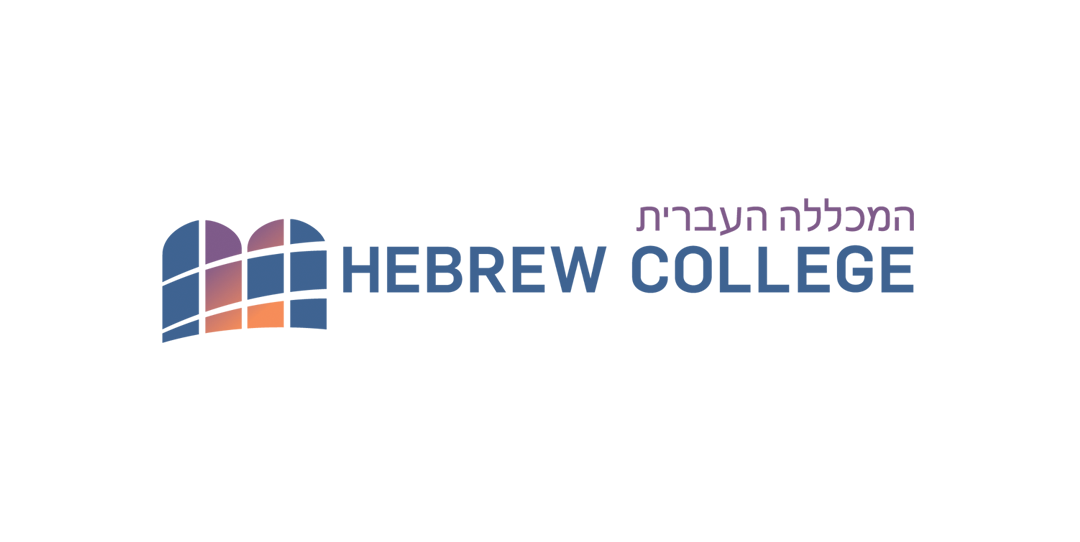Leviticus Offerings, Then and Now

Parashat Vayikra, Leviticus 1:1-5:26

None of this is not what the ancient Israelites understood as sacrifices. To them, offering a sacrifice—a korban, from the root K-R-V, to come near–was a joyous religious obligation. The offering was the most precious item of the offerer, given willingly and in joy. It could simply be an expression of reverence or thanksgiving. It often had no perceivable ends, but was a means to come close to God.
Biblical sacrifices were both communal and individual. Communal sacrifices were usually at fixed times in the morning and afternoon, but many of the individual sacrifices were voluntary brought to the altar by the people. There were, of course, those who severely criticized the outward show of devotion of the sacrificial cult. The prophet Amos railed against the people for finding absolution in sacrifices without any inner conviction, and the biblical prophets in general condemned the use of sacrifices as an attempted substitute for moral action or atonement.
This week’s Torah reading, Parshat Vayikra, starkly reminds us that religious practice in biblical times is not the same as the Judaism practiced anywhere today. We think of our religion as being thousands of years old, but in truth Judaism today hardly resembles biblical religion. The sacrificial cult is one reminder that we have not only transformed our religion from its biblical roots, but have also completely abandoned central ancient practices.
In these detailed passages elaborating the sacrificial cult, it is not clear which period of Israelite history is being described. Are these actually recalling the sacrifices of the people in the wilderness, or the origins of—or justifications for—the sacrifices held in the first Temple in Jerusalem or even the second Temple?
From the very beginnings of Reform Judaism in the nineteenth century, adaptation of the liturgy included omitting sacrificial references, viewing them as outmoded and primitive. Language referring to sacrifices was eliminated from prayer books, including the additional service on Shabbat, the musaf service, since this was purely a place holder for the extra sacrificial offering on Shabbat in the Temple. For many liberal Jews, the only remaining significant reference to sacrifice in our liturgy is the Avodah service on Yom Kippur, when remembrance of the annual ritual of the High Priest is intertwined with the theme of repentance.
All Jews recognize that a radical transformation of Judaism occurred as Judaism transformed itself from a Temple cult to a Judaism based on Torah study, “the service of the heart” (prayer), and doing good deeds. True, the Roman destruction of the Temple sealed the fate of the sacrificial cult, but this transformation had started earlier within the circles of the Pharisees, providing alternative modes of prayer and gatherings through the institutions of the new synagogue and home study groups led by scribes and Pharisees (and eventually, rabbis).
Only through remembrance can we connect to an earlier Israelite religion of burnt offerings and atonement for sins vicariously offered on the altar. We can only call to mind through our literature a priestly class with levitical servants and a theocracy headed by a divinely ordained High Priest. Other such cults in Greece and Turkey and Syria have all died out without adaptation; all we know of them, we learn in museums. It was the genius of the early rabbis to make that adaptation and cement a new understanding of worship of the monotheistic God for a new generation and a new reality. The Shabbat table replaced the Temple altar, the prayer book replaced levitical chanting, and ethical and ritual mitzvot provided opportunities for repentance and thanksgiving to God.
On one hand, we can be grateful that we have responded to God’s call (vayikra means “and God called”) very differently in a post-biblical world; on the other hand, we can still recall with wonder and mystery the ancient cult as described in our parasha. To study it each year in the Torah is to remind ourselves of both our ancient foundations and the long evolutions and radical transformations that have taken place since then.
Were the House still standing Would we bring live lambs to slaughter? Would we share our surplus as much with priests as with the poor. We were driven from the House too soon to find the answer History has robbed us of the choice.
Let then our offering be from our lips of memories of Sweetness of new wheat Oils pressed from ancient olives Gifts we would have brought Had we but lived In offering distance of the sacred House.
(Rabbi Richard Levy, On Wings of Awe)
Rabbi Dr. Michael Shire is the Chief Academic Officer of Hebrew College and Dean of the Shoolman Graduate School of Jewish Education at Hebrew College.

